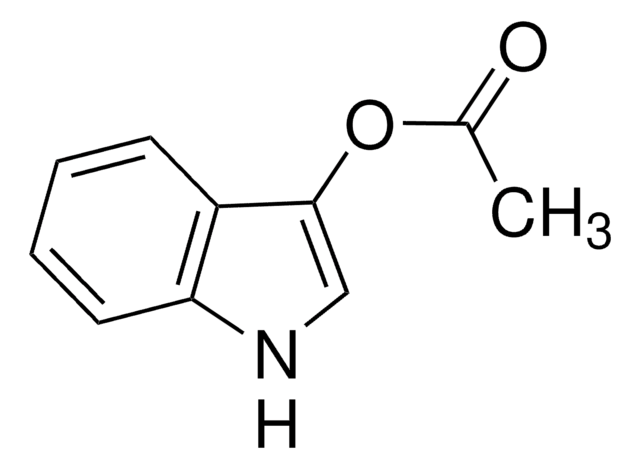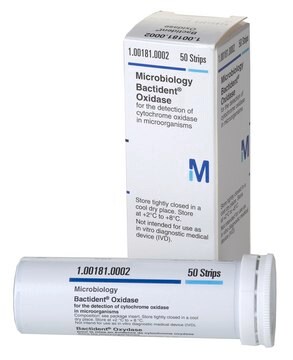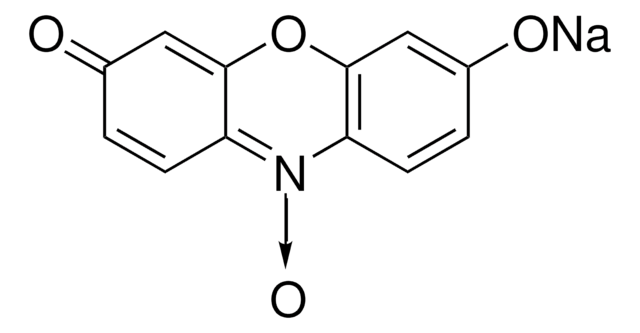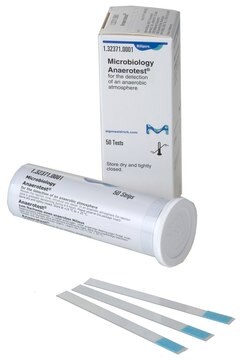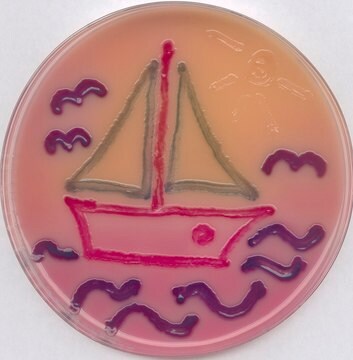04739
Indoxyl Strips
suitable for microbiology
Synonym(s):
Acetoxyindol Strips
About This Item
Recommended Products
Agency
according to ISO 10272-1:2017
according to ISO 10272-2:2017
product line
BioChemika
shelf life
limited shelf life, expiry date on the label
technique(s)
microbe id | specific enzyme detection: suitable
application(s)
clinical testing
food and beverages
microbiology
storage temp.
2-8°C
suitability
Moraxella spp.
Campylobacter spp.
Application
Packaging
Components
Storage Class Code
11 - Combustible Solids
WGK
WGK 3
Flash Point(F)
Not applicable
Flash Point(C)
Not applicable
Personal Protective Equipment
Choose from one of the most recent versions:
Certificates of Analysis (COA)
Don't see the Right Version?
If you require a particular version, you can look up a specific certificate by the Lot or Batch number.
Already Own This Product?
Find documentation for the products that you have recently purchased in the Document Library.
Articles
Campylobacter grows only on complex media that have been amended with diverse essential amino acids and supplements. We offer a broad range of specific agars and broths for the detection, identification, and cultivation of Campylobacter.
For microbiologists the most fundamental stain was developed in 1884 by the Danish bacteriologist Hans Christian Gram.
Our team of scientists has experience in all areas of research including Life Science, Material Science, Chemical Synthesis, Chromatography, Analytical and many others.
Contact Technical Service
